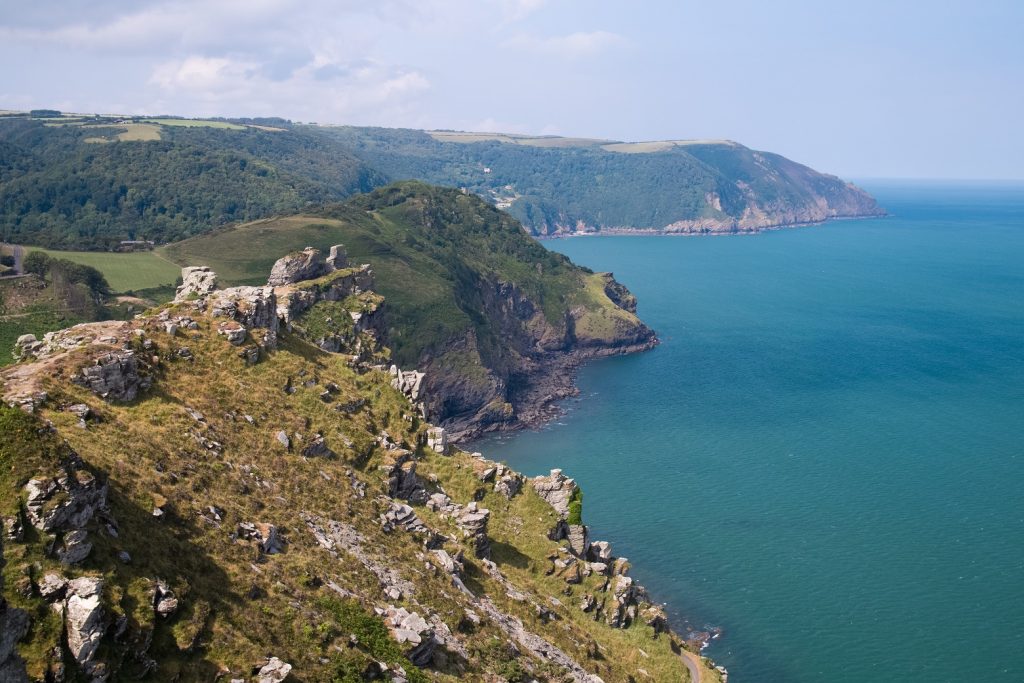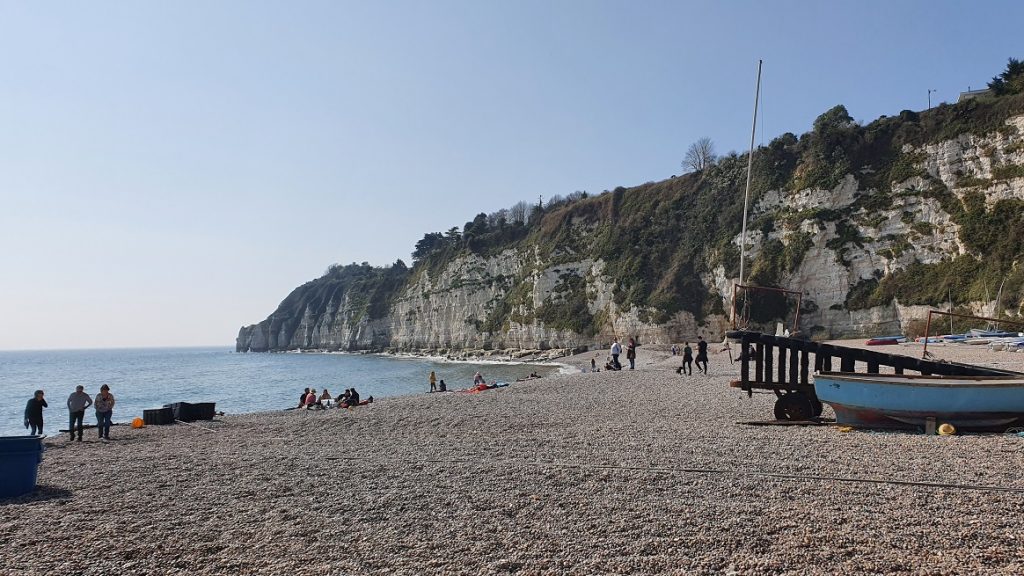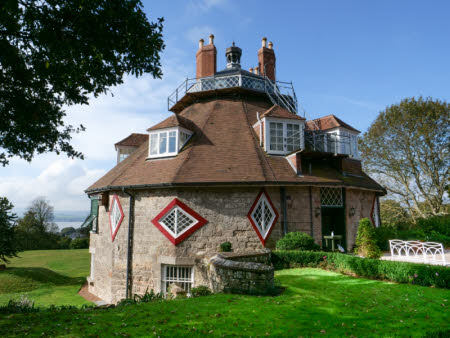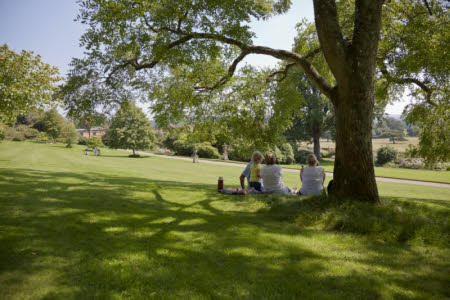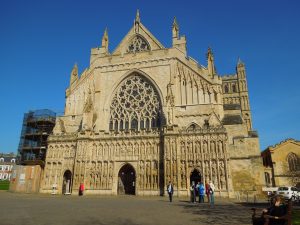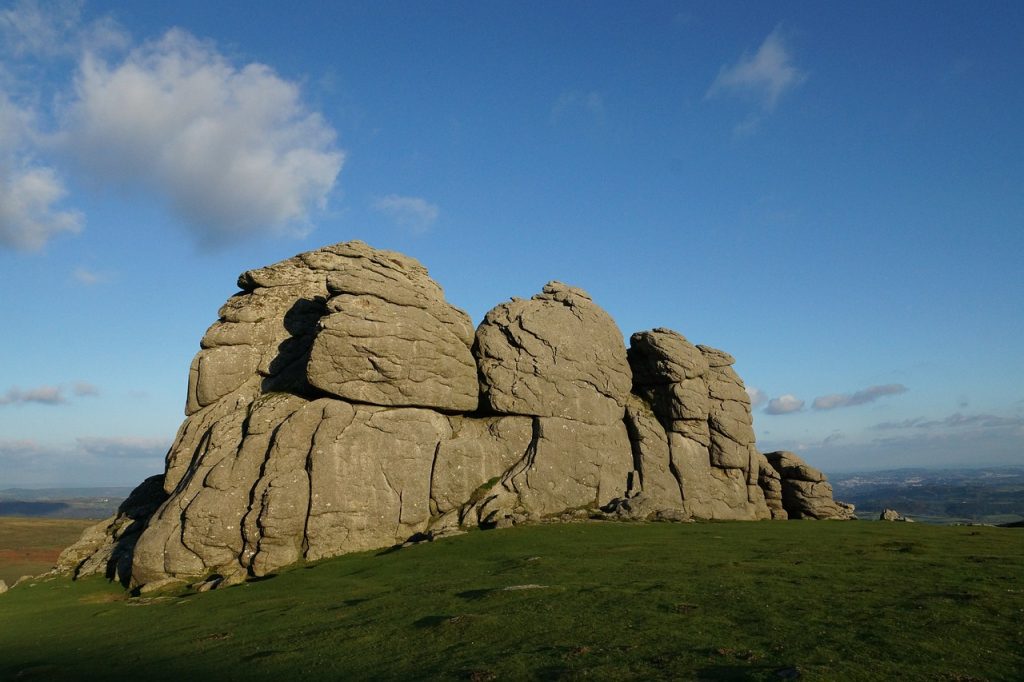Westward Ho! is most noted for its unusual name. The village, near Bideford in north Devon was named after the title of Charles Kingsley’s 1855 novel, Westward Ho! The village has an excellent two mile long sandy beach and plenty of rockpools. It’s one of a number of stunning beaches on the North coast, such as Woolacombe and Croyde which, with their golden sands, scenic sand dunes and dramatic waves, make the north coast popular with families and surfers alike.
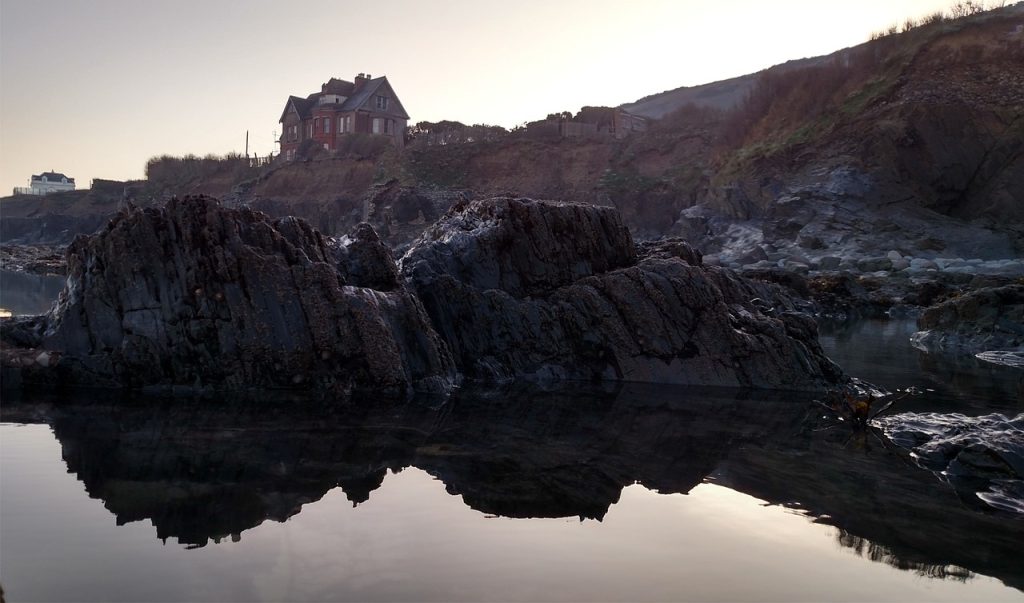
And while we’re talking about the coast…

